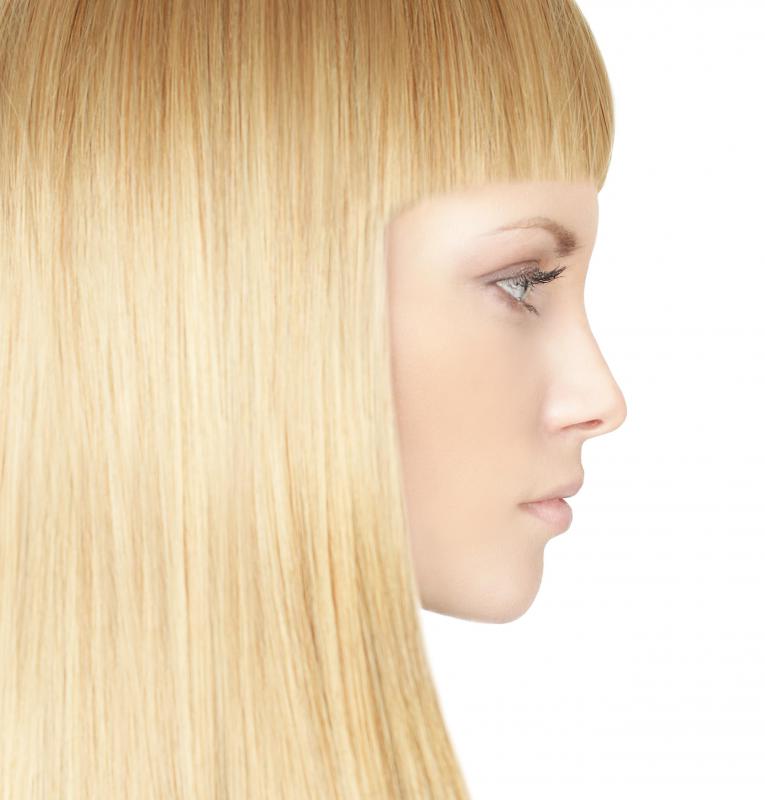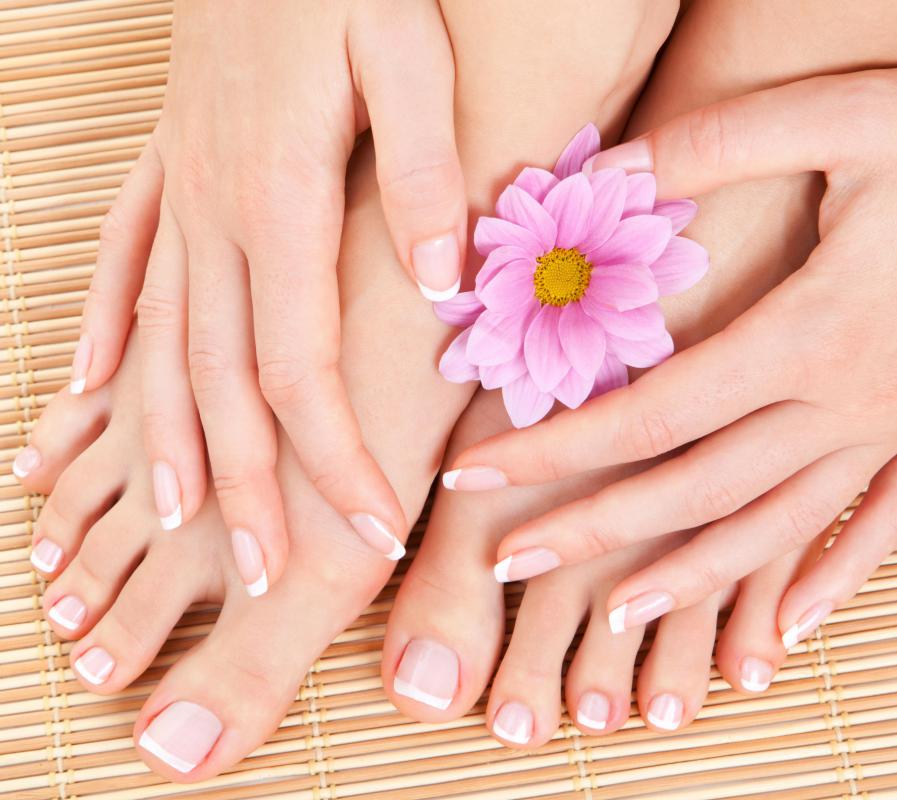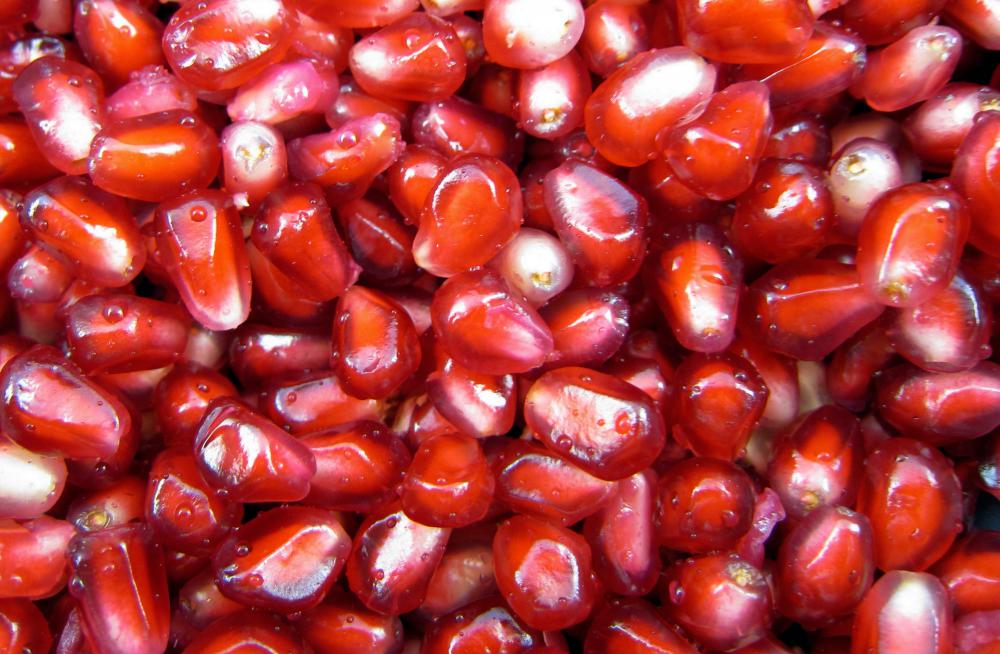At TheHealthBoard, we're committed to delivering accurate, trustworthy information. Our expert-authored content is rigorously fact-checked and sourced from credible authorities. Discover how we uphold the highest standards in providing you with reliable knowledge.
What are Keratinocyte Cells?
Keratinocyte cells are the building blocks of the skin. They are the most common type of skin cell and make keratin, a protein found in skin, hair, and nails. Keratinocytes are knitted tightly together to form seams between the nerves of the skin and the underlying tissues of the epidermis. These cells originate in the basal skin layer and grow densely outward through the layers of the epidermis. This allows them to form a protective barrier that prevents the entry of foreign and infectious substances through the skin into the body.
The epidermis is the thin layer of outer skin, and it is made up of three sub-layers. The stratum is the outermost layer that contains dead keratinocyte cells. The next layer is made up of living cells, sometimes called squamous cells, that help provide additional protection. The third layer is the basal layer, which is the inner layer of skin where new cells of this type are formed to replace the older ones that are shed from the surface.

Keratinocyte cells are continuously shed from the outer layer and replaced. It takes approximately one month from the development of a cell in the basal layer to the sloughing off. Some skin conditions, such as psoriasis, can actually accelerate this process.
When the epidermis layer is compromised by a wound or injury, these cells are responsible for repairing the wound. Prior to growing across the wound, the keratinocytes require a base layer of supportive granulation tissue. Once this has been established, the cells can close the wound by forming a protective layer. The newly formed cells from the basal skin layer begin to migrate from the wound edges to form a sheet across the site. This movement is stopped once the edges meet in the middle.

These cells begin their migration as early as a few hours after the wound has occurred. The timing of the start of the action is determined by the wound itself, and for deeper wounds, the migration will start later as it takes longer for the base foundation of granulation tissue to form. When not involved in wound repair, the cells maintain the health and integrity of the skin.

Some cosmetics and beauty products actively integrate substances into their products to help prevent damage to keratinocyte cells. Pomegranate extracts have been found to supply protection against UV damage and is actively included in skin care products as a wrinkle-reducing solution. It has been found that pomegranate stimulates the production of these cells without the loss of the function of the skin.
AS FEATURED ON:
AS FEATURED ON:















Discussion Comments
A cell diagram, listing each organelle clearly, would be helpful.
Post your comments